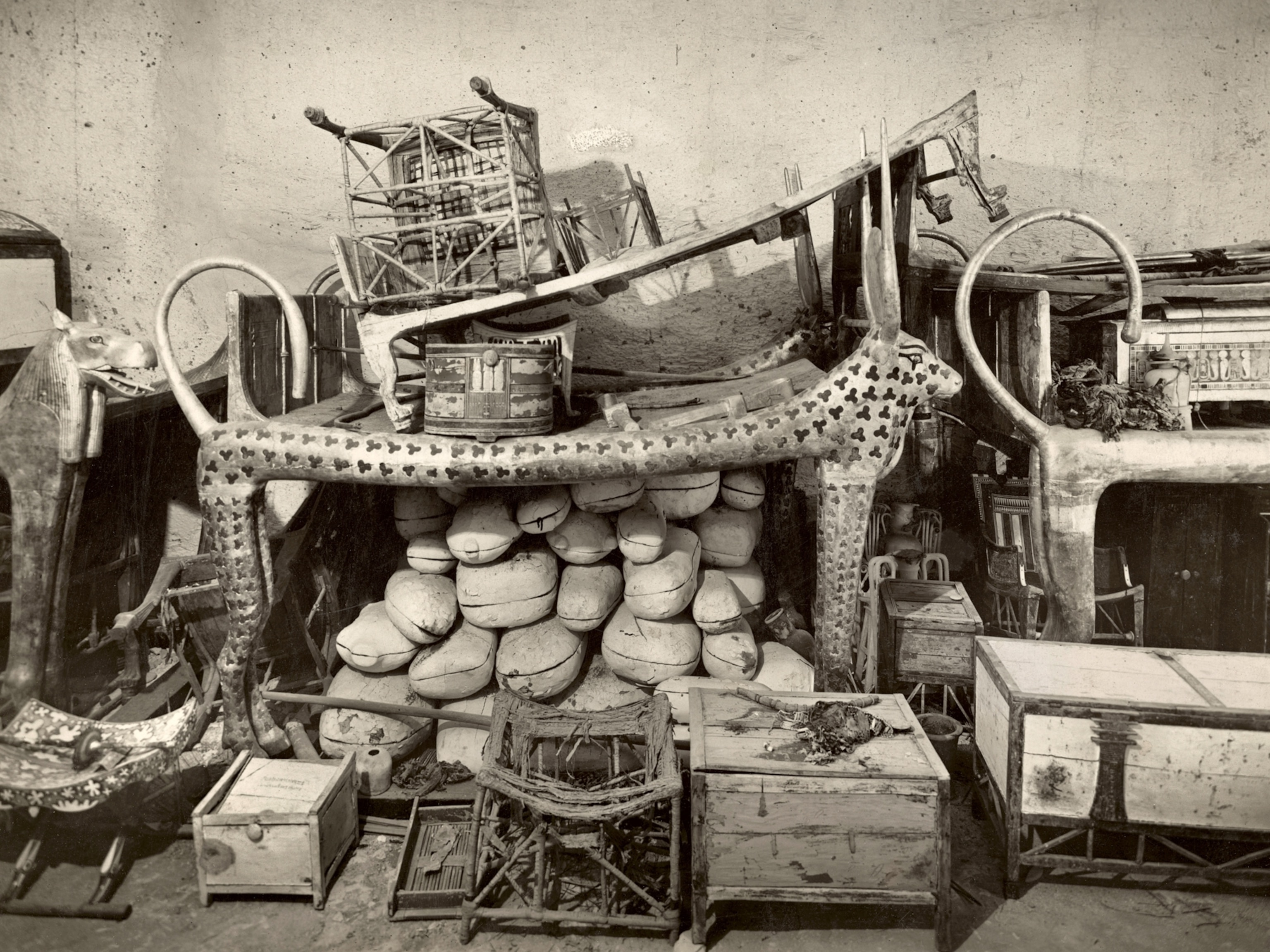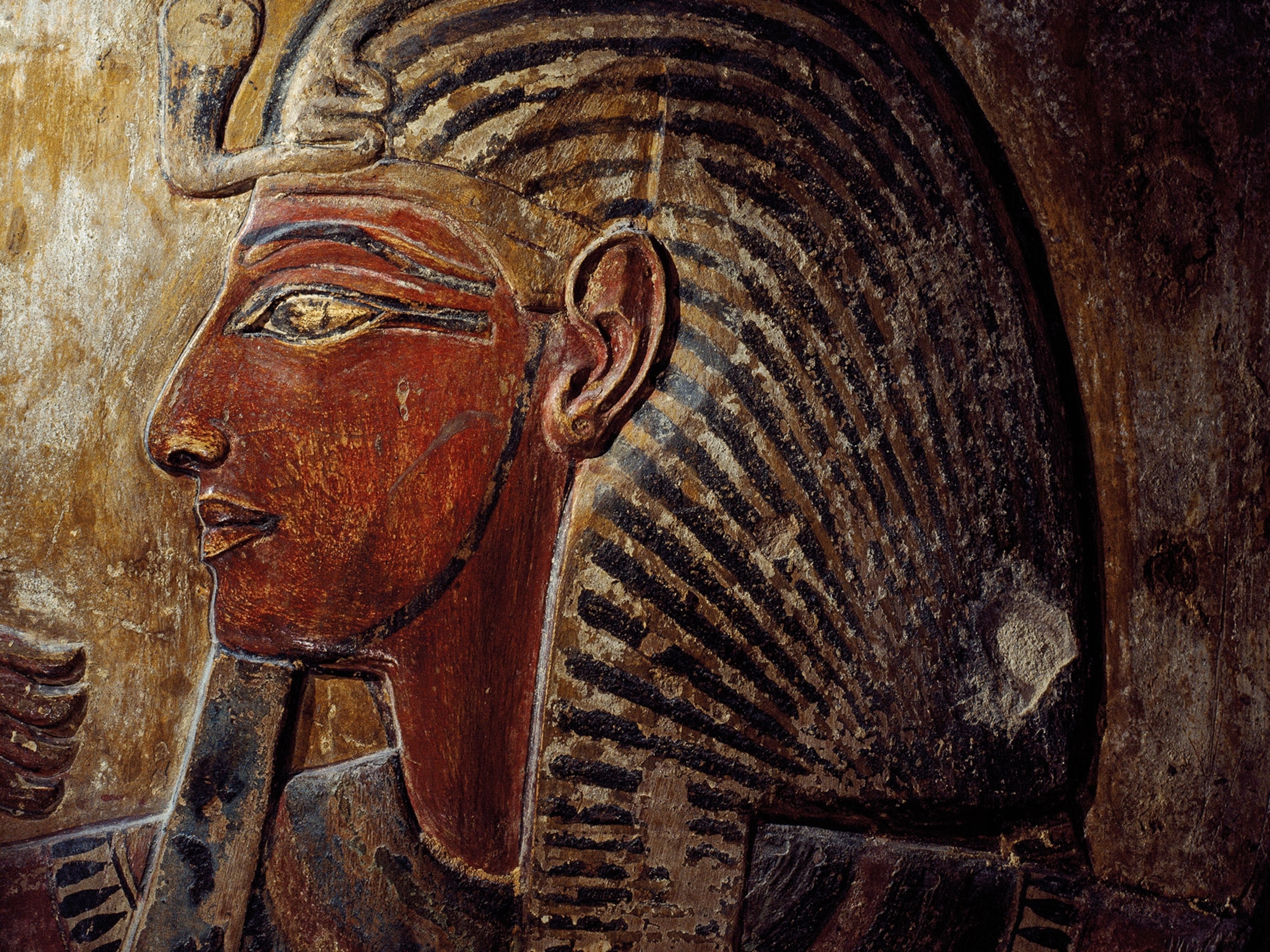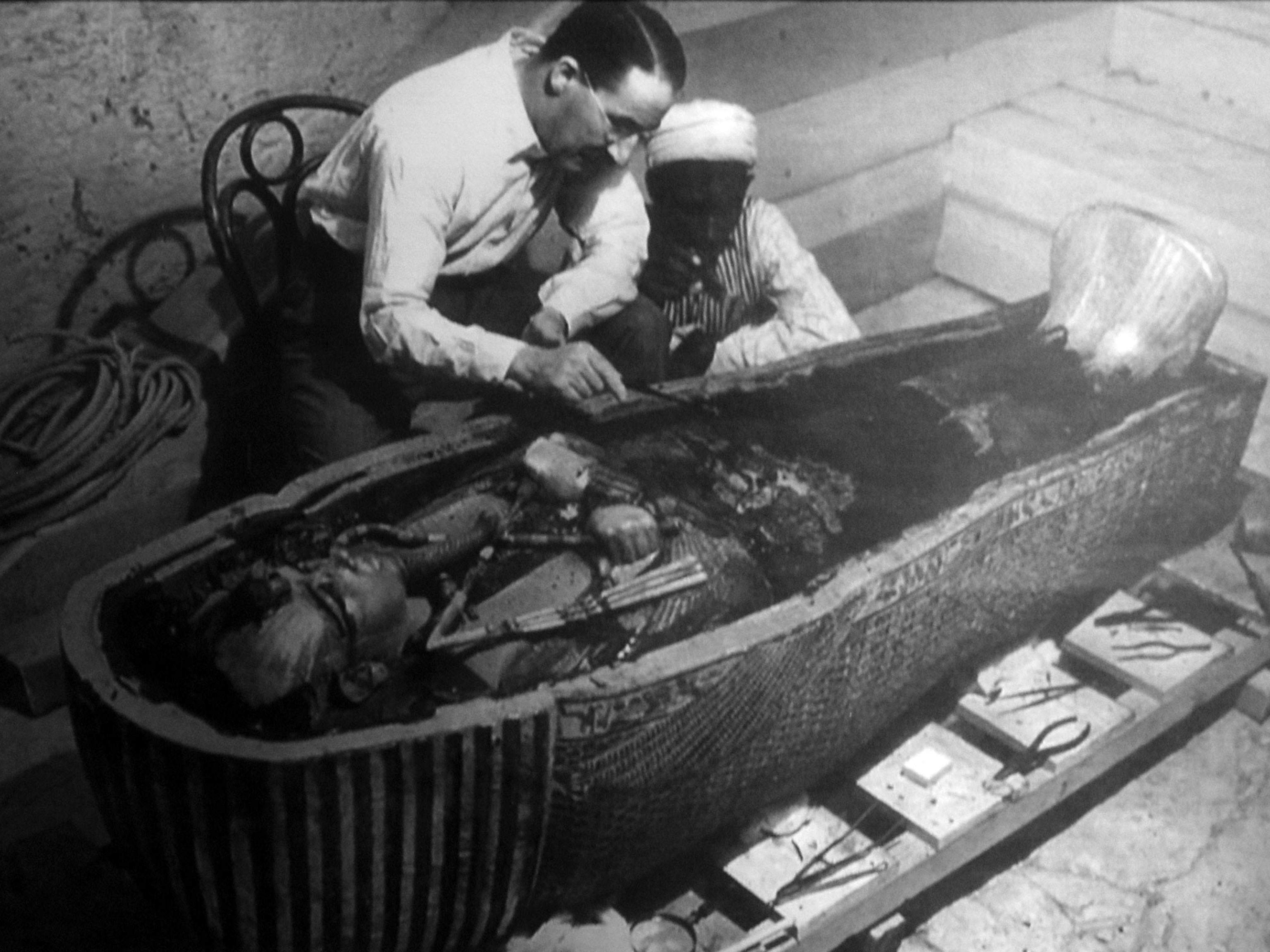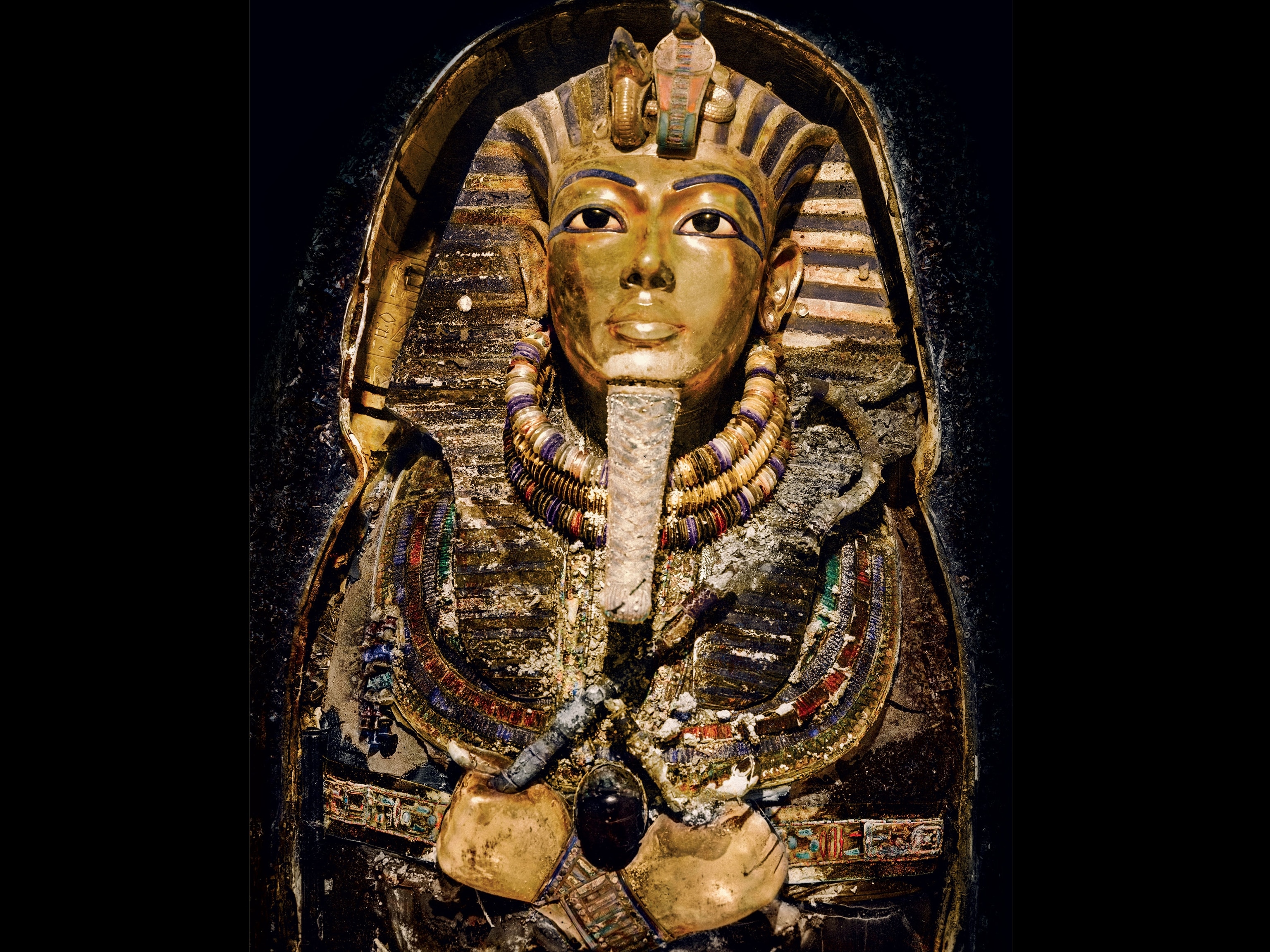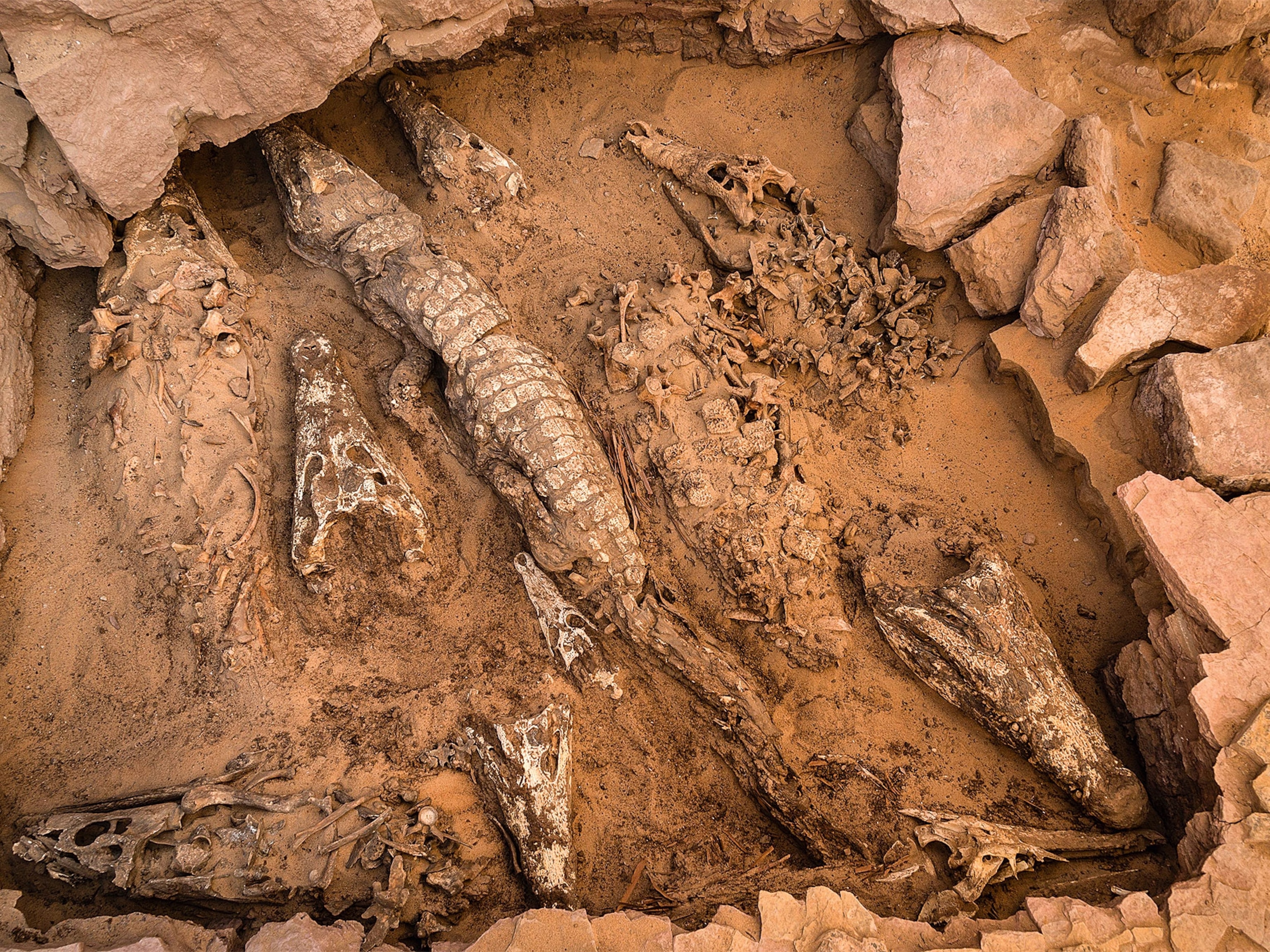
Amazing Mummies: King Tut's Great Grandparents
At 3,400 years old, Yuya and Tuyu don't look their age. And they were buried with treasures that hint at what might lie hidden behind Tut's tomb.
A recent radar scan of King Tut's tomb revealed tantalizing hints that one or more rooms may lie behind the painted walls of the teenage pharaoh's burial chamber. The final report is due soon. If it confirms the existence of hidden spaces, Egyptologist Nicholas Reeves will be vindicated. It was his reading of the evidence that prompted the scan of Tut’s tomb, known to archaeologists as KV 62.
But that's only the first part of his hypothesis. Reeves also believes the hidden rooms likely hold the burial of the legendary Queen Nefertiti, Tut’s stepmother. The idea is breathtaking. The tomb of a beautiful and beloved royal wife, who became extraordinarily powerful in her own right, could hold treasures that eclipse the wonderful things that were buried with Tut.
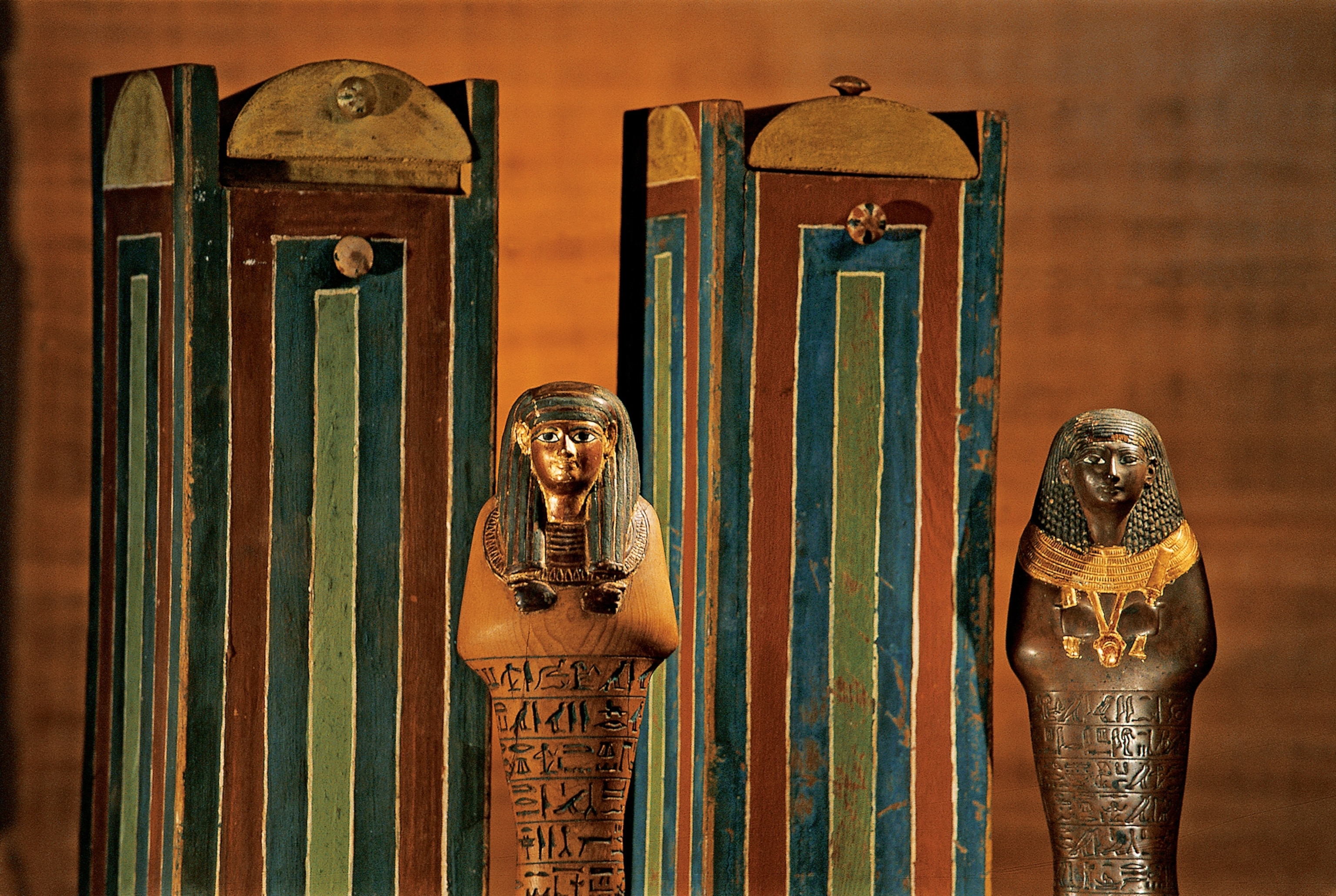
But what if another relative is buried there instead of Nefertiti? What might that person's eternal possessions look like? Glimpses of the possible array of artifacts can be seen among the grave goods of Tut's great grandparents—Yuya, his great grandfather, and Tuyu, his great grandmother, who lived around 1400 B.C.
Tut's Tangled Family Tree
Tut's family tree is complex in ways that are typical of ancient Egyptian royalty. Yuya and Tuyu weren't royals, but they must have had connections in the upper tiers of society. Their daughter Tiye became the Kate Middleton of her day when she married the country's most eligible bachelor—Amenhotep III, one of the most powerful pharaohs in all of Egyptian history.
Tiye and Amenhotep's son Akhenaten was probably Tut's father, and a woman named Kiya, perhaps a foreign princess, may have been his mother. But like other Egyptian pharaohs, Akhenaten had multiple wives. Nefertiti was one of them, which makes her Tut's stepmother.
The complications continue into the next generation. Nefertiti and Akhenaten had six daughters. Tut married one of them, his half sister, whose name was Ankhesenamun. That makes Yuya and Tuyu the great grandparents of both Tut and his wife.
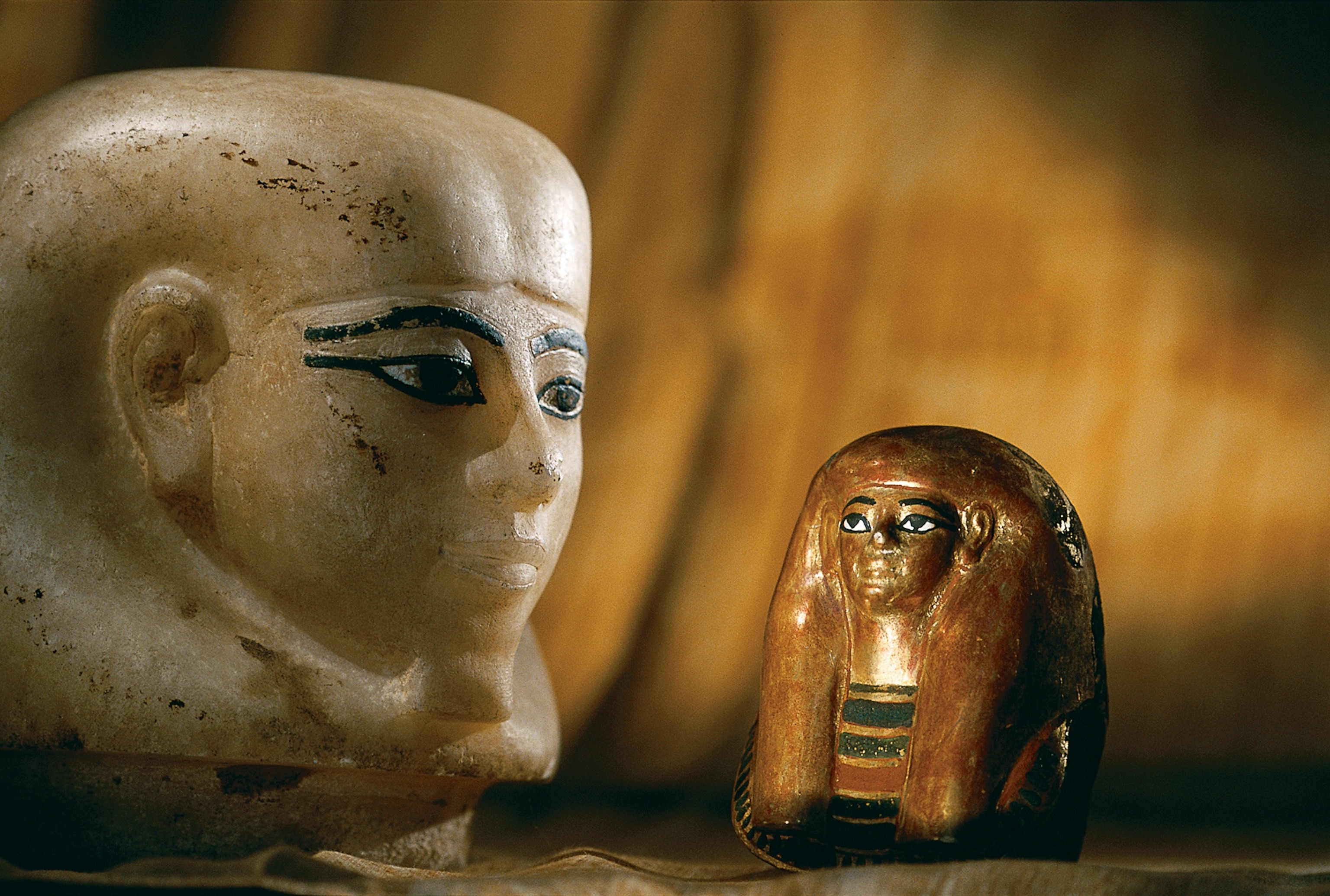
Going in (Ancient) Style
When Yuya and Tuyu died, their royal in-laws made sure they were buried in style in a prime location—the Valley of the Kings, the great royal cemetery of the 18th and 19th dynasties. Their tomb, now known as KV46, was discovered in 1905.

Experts believe the tomb was probably looted three times—once shortly after it was sealed, and twice more during the creation of nearby tombs. Portable artifacts like jewelry and precious oils were taken. But even the loot the thieves left behind includes fascinating traces of one of the most fabulously wealthy eras in Egyptian history.
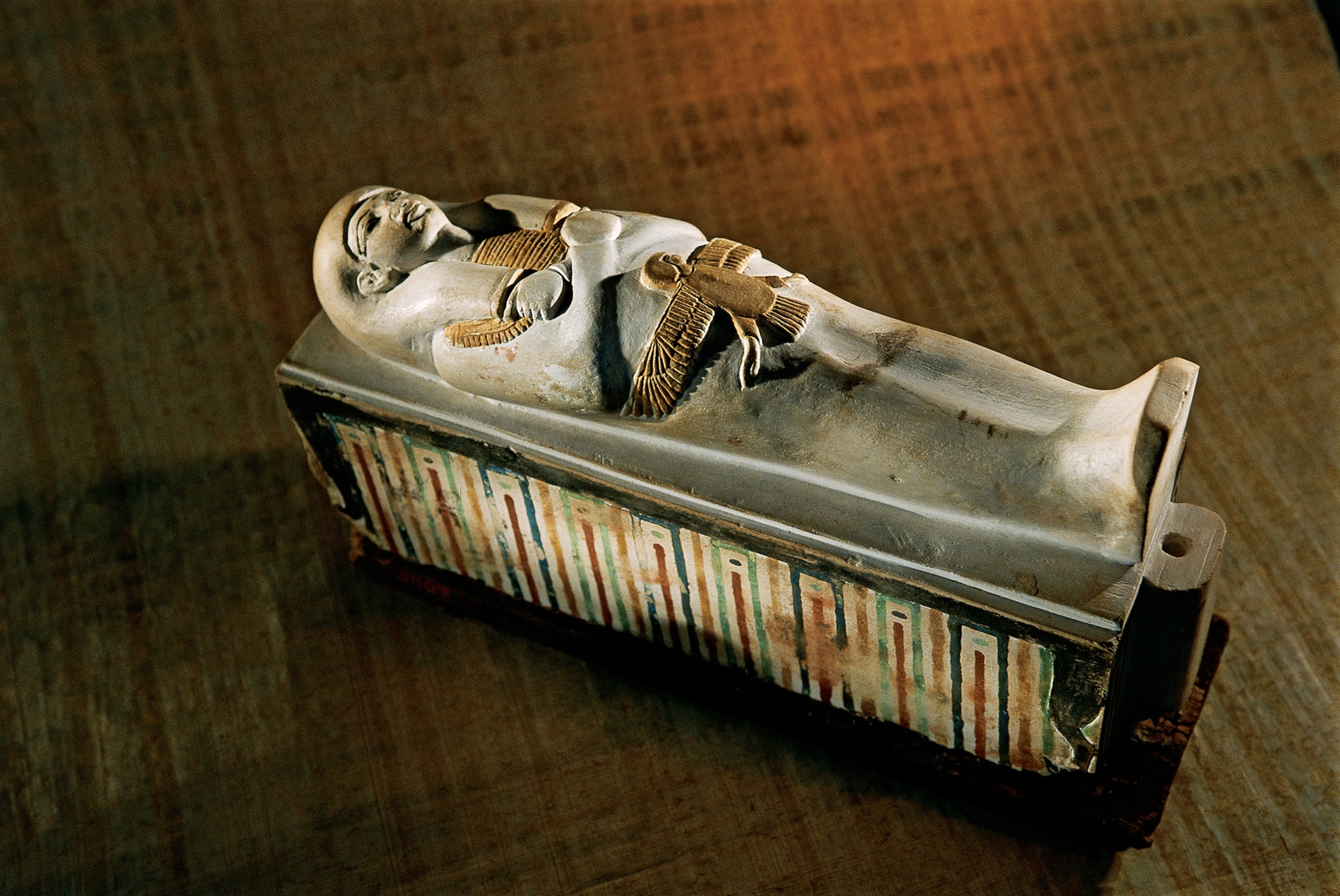
For starters, the mortal remains of Yuya and Tuyu are so beautifully preserved they're now the rock stars of the mummy world. A proper mummification took a long time and cost a lot of money, and in this case the embalmers seem to have spared no expense.
Yuya and Tuyu's faces are so full of personality they appear to have passed away just recently. The curls of their hair, the arches of their eyebrows, the shape of noses and ears and lips are all intact, all riveting.
The funerary furniture is similarly intriguing. The single burial chamber held a great assembly of stuff, including gilded coffins and facemasks, glittering chairs and beds, a complete chariot, ornate limestone vases, inlaid boxes, a wig of human hair, a wig basket of papyrus, multiple pairs of sandals made of leather and of woven grass, and small wooden figures called shabtis that were meant to come alive in the great beyond to work as servants for the deceased couple.
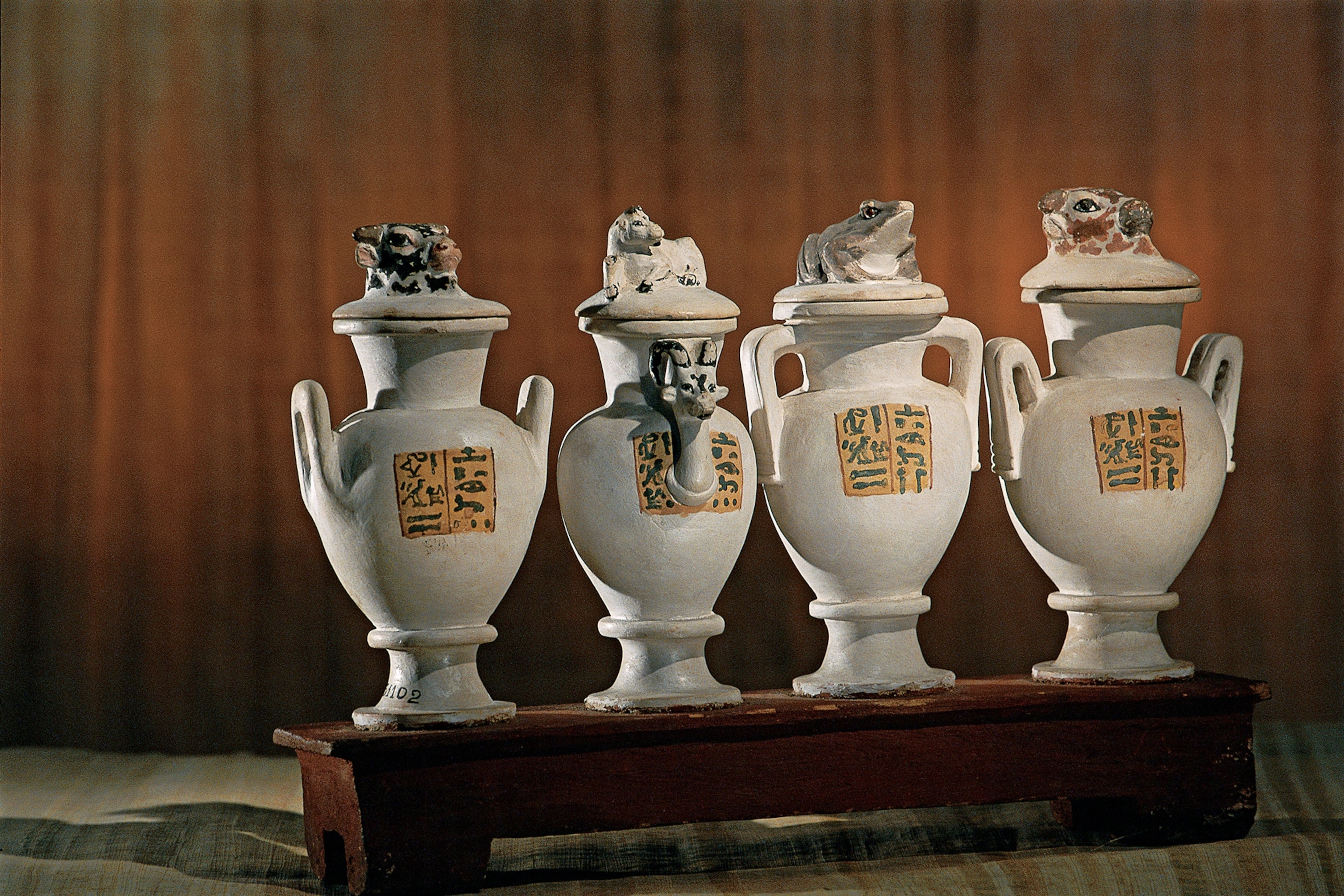
Flammable Coffin, Near Catastrophe
All these treasures almost went up in smoke in the moments after the burial chamber was opened. Theodore Davis, an American millionaire who bankrolled the excavation, was so excited to investigate he couldn't wait for electric lights to be installed. He and two other men entered the chamber with candles—which "gave so little light and so dazzled our eyes that we could see nothing except the glitter of gold," he wrote in a report of the discovery.
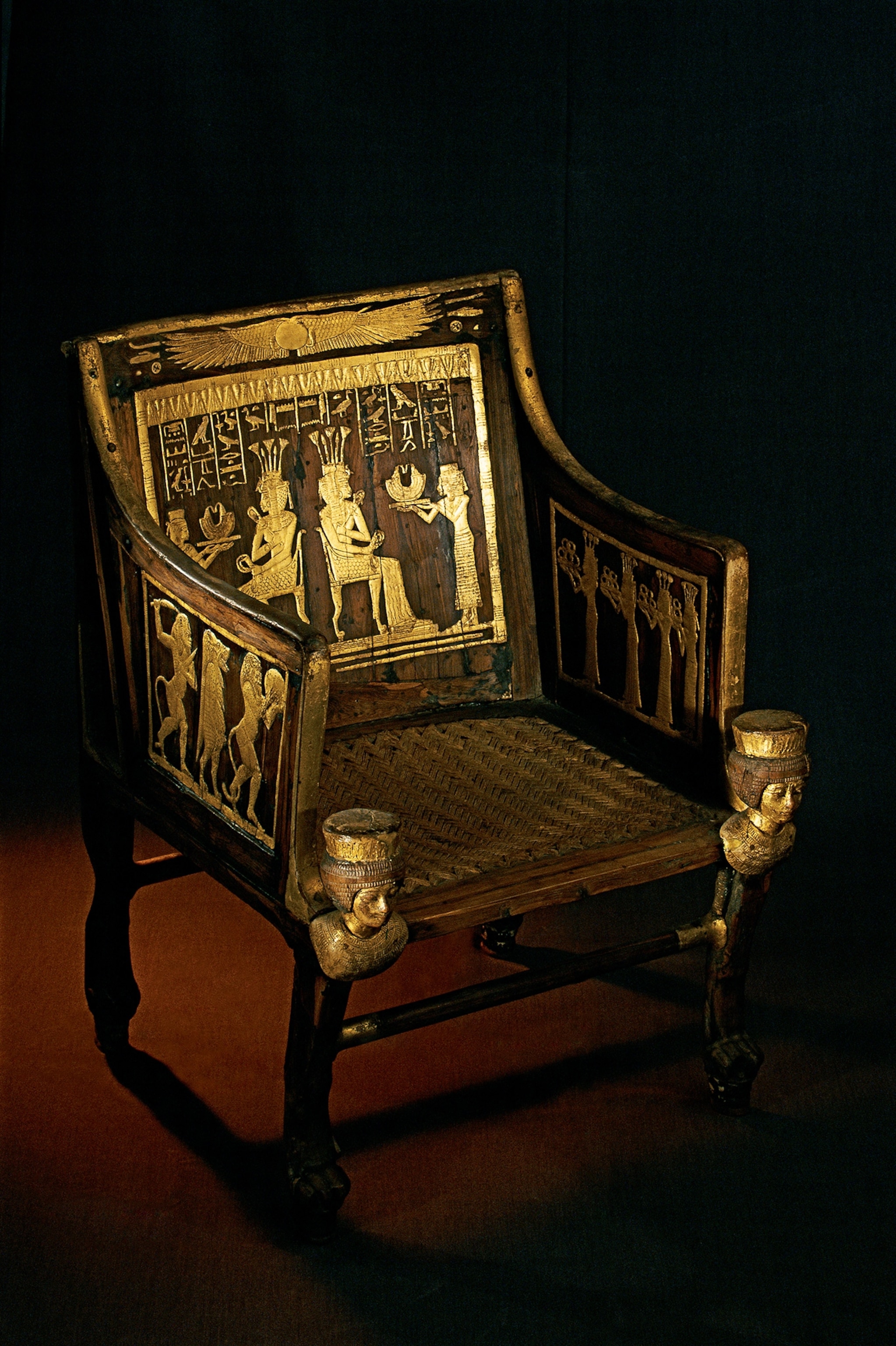
With a candle in each hand, Davis got a little too close to one of the coffins while he was trying to read an inscription. Fortunately, one of his companions shouted a warning and pulled his hands away.
"In a moment we realized that, had my candles touched the bitumen [tar used as a sealant], which I came dangerously near doing, the coffin would have been in a blaze," he remembered. All the other wooden objects, as dry as dust, would then have caught fire in a flash.

Of course nothing like that will happen now, if there's a chamber—or chambers—to investigate behind King Tut's burial. Any work to come will proceed with the utmost care, relying on the latest technology to document artifacts that have been untouched for more than 3,400 years. Still, it's easy to imagine the experts leaning in with the same excitement Davis felt—but this time with flashlights gripped in their hands.


